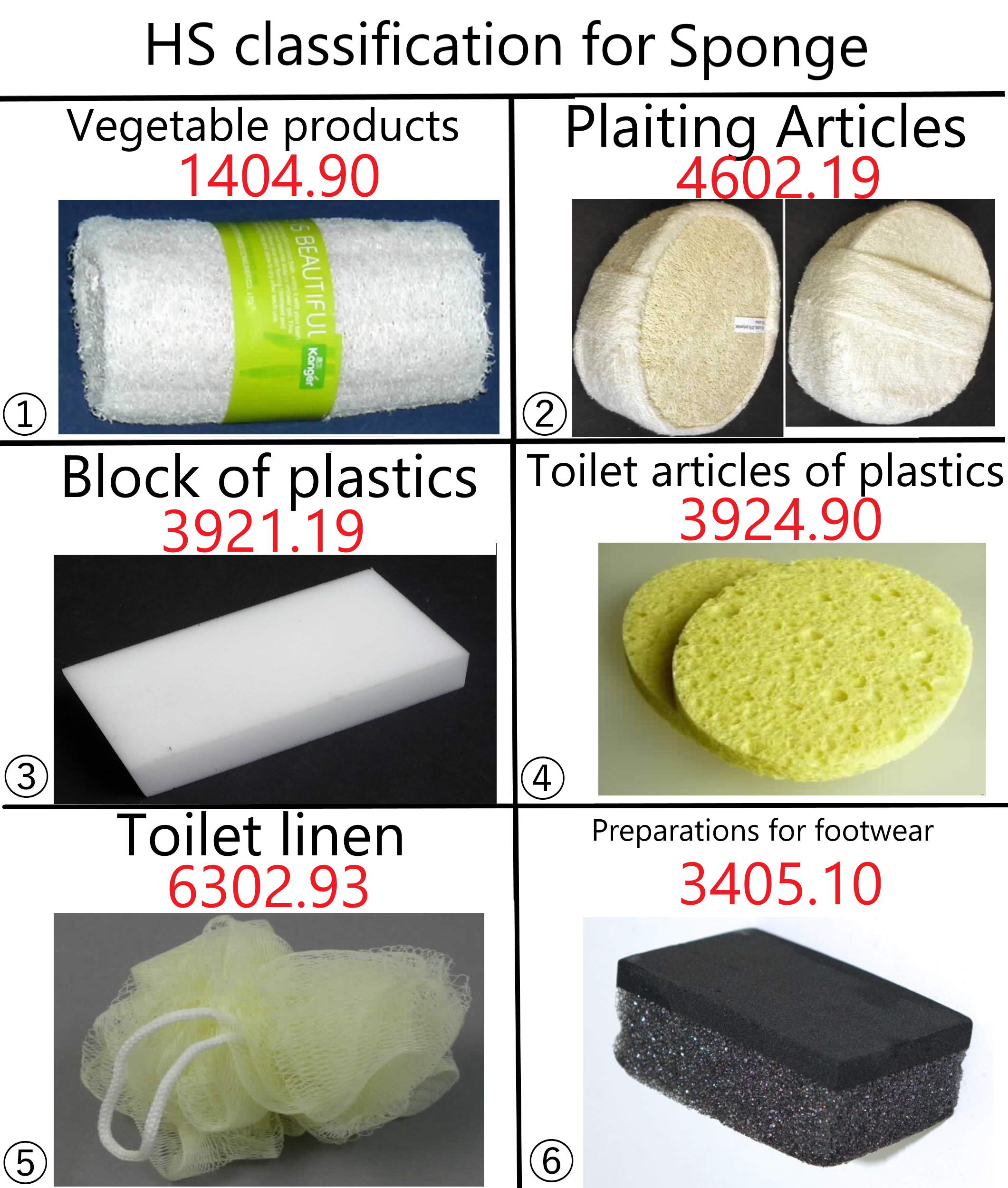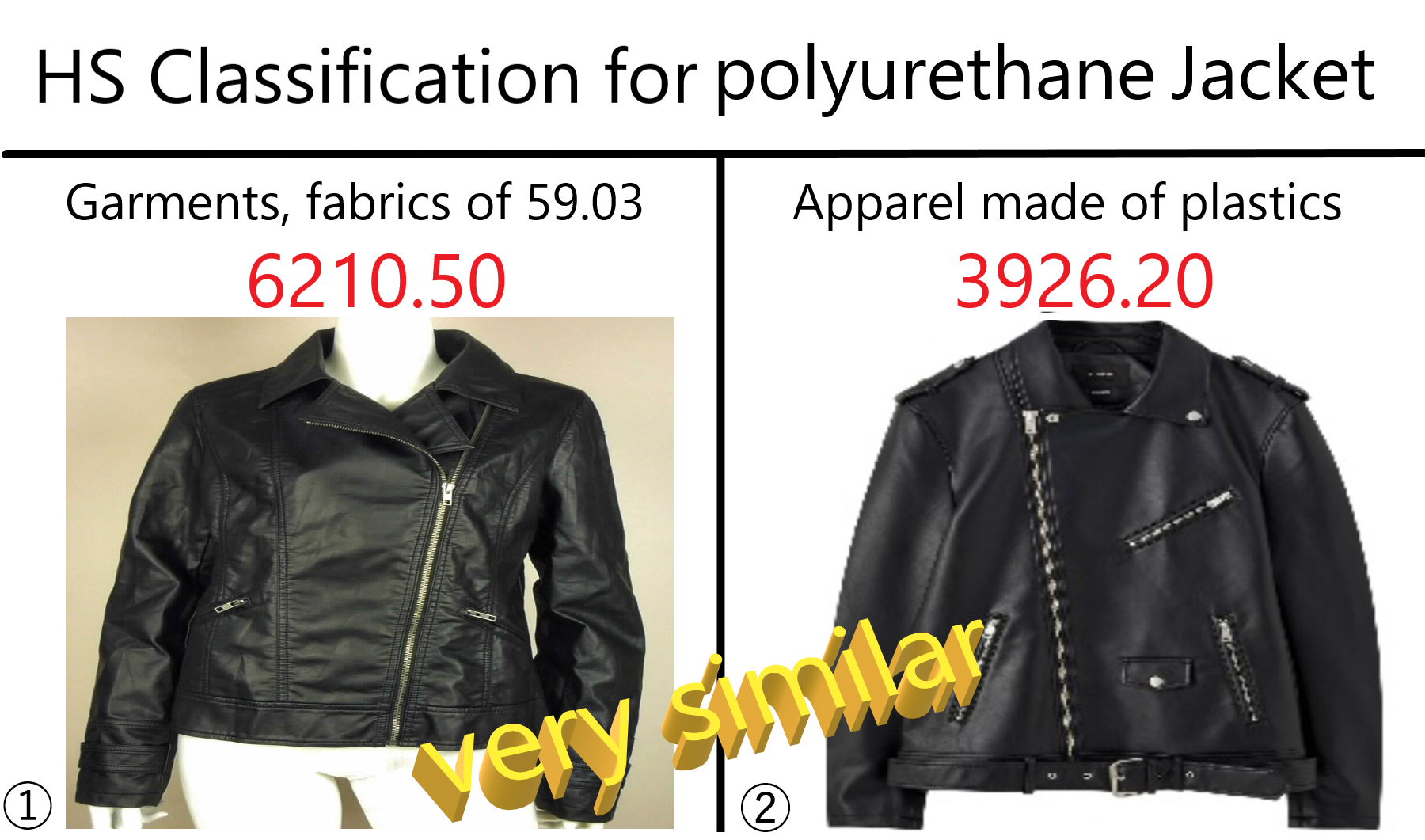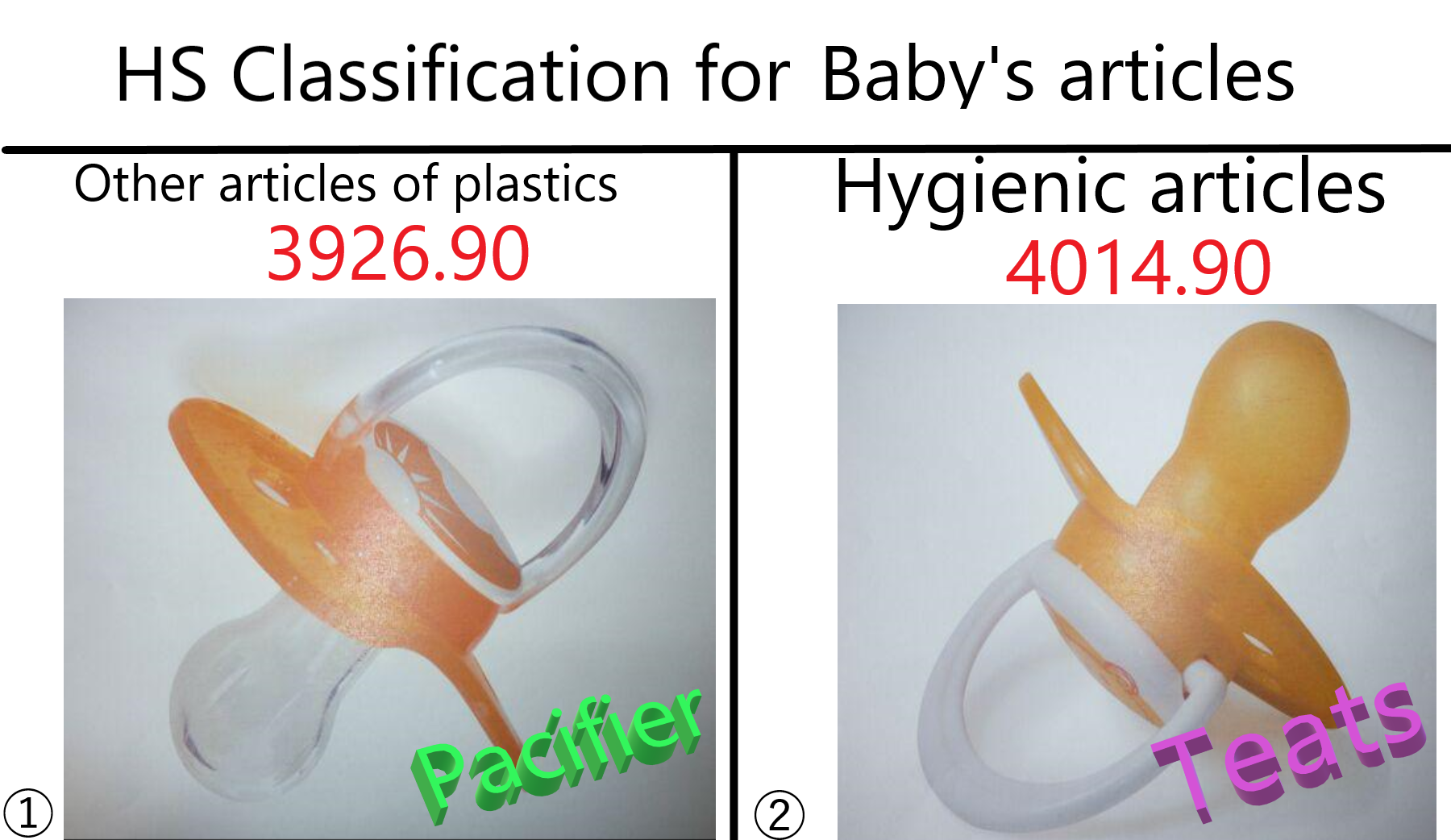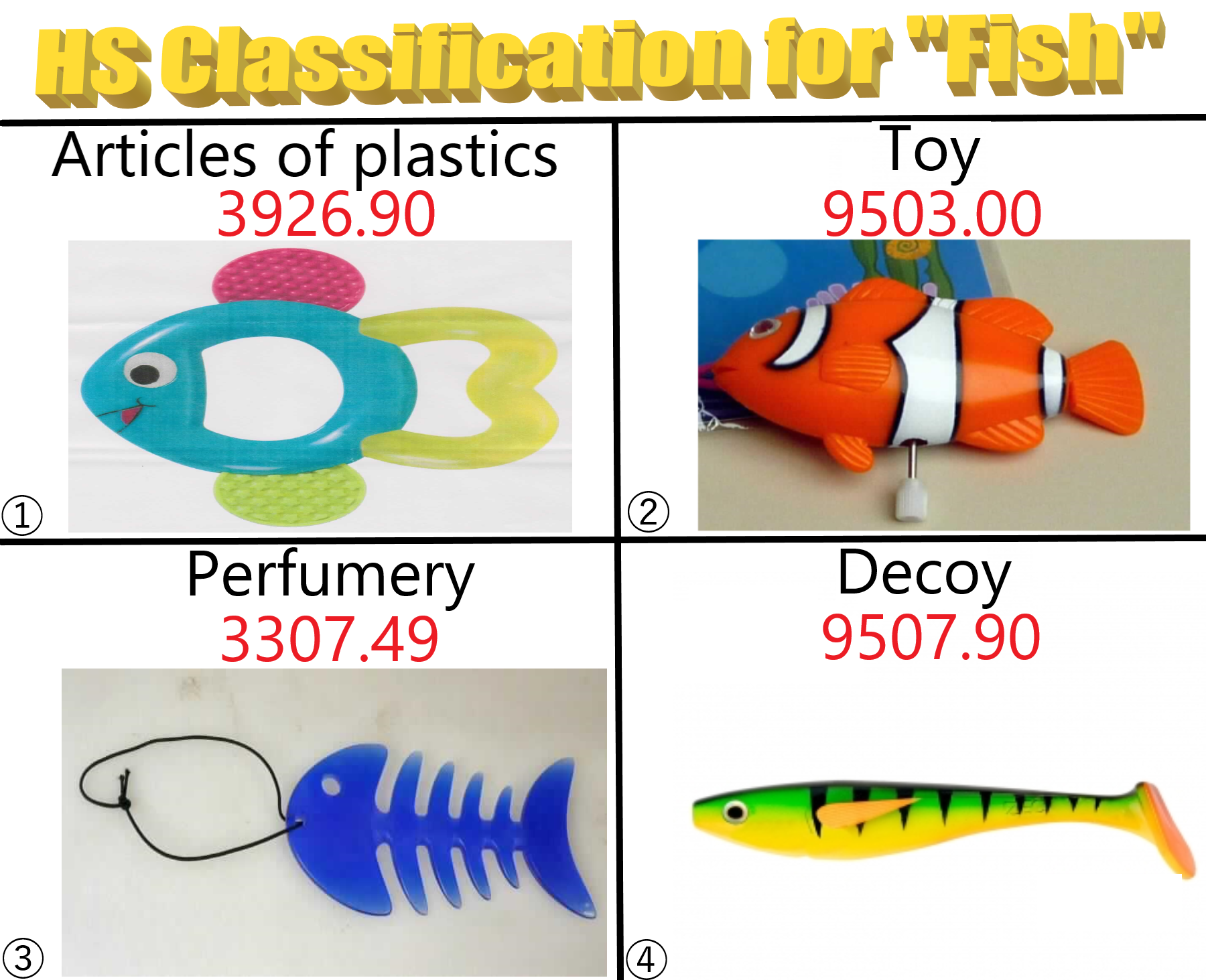
Item① and ② are similar products.
Table top is made of solid wood and legs are made of metal.
Item① is classified in 9403.20 – Other metal furniture(DEBTI11594-19-1)
Item② is classified in 9403.60 – Other wooden furniture(DEBTI29850-18-1)
According to DEBTI11598-19-1 Item① is classified as “metal furniture” because
—————–
The material character of the product is determined by its importance for use as
a stability-imparting element by the metal. (GRI3b)
—————–
According to DEBTI29850-18-1 Item② is classified as “wooden furniture” because
—————–
the physical character of the goods can not be determined by the metal frame,
which is considered a stability-conferring element, nor by the wooden table top,
which has the highest value (in a ratio of 90 to 100% by weight) ,
Thus, the product is to be classified under the latter subheading.(GRI3c)
—————–
Here is current cases
9403.20 – SEBTITV-2021-07170 (GRI3b)
![]() https://lnkd.in/geCNC2vE
https://lnkd.in/geCNC2vE
9403.60 – DEBTI36811/22-1 (GRI3c)
![]() https://lnkd.in/gibNGjie
https://lnkd.in/gibNGjie
How do you classify this kind of item??




